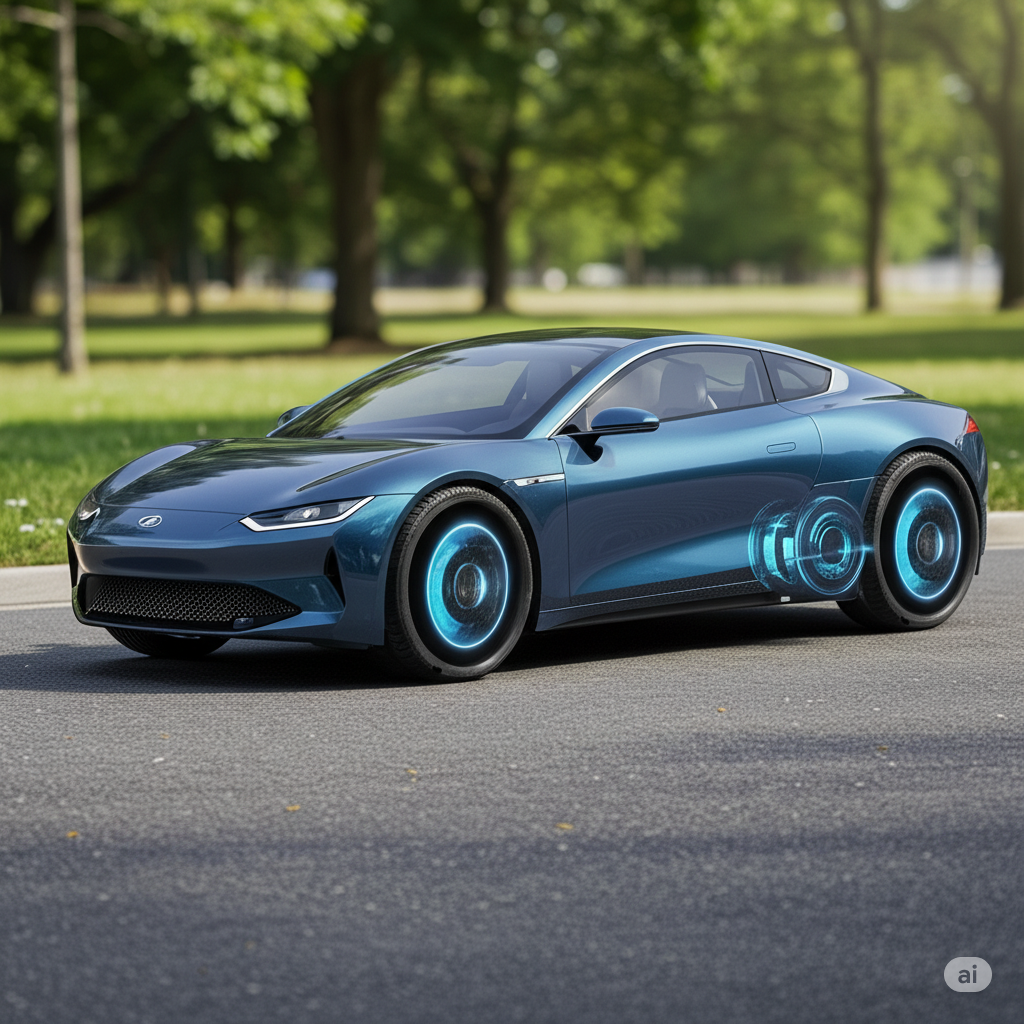In-wheel motors are driving a new phase in electric vehicle design, combining energy efficiency, adaptability, and the removal of traditional mechanical components.
Read more: Verge TS Pro Sets Guinness World Record for Longest Ride on a Single Electric Charge.
A rediscovered century-old idea
Although first introduced in 1900 by Ferdinand Porsche, in-wheel motors were overshadowed by combustion engines. Today, rising demand for sustainable mobility has brought this concept back into the spotlight, reshaping how electric transport is conceived.
The system integrates motors directly into each wheel, eliminating axles and transmissions and significantly improving energy use and driving control.

Technical and design benefits
Key advantages of in-wheel motors include:
- Higher energy efficiency, due to reduced torque losses.
- More internal space, allowing for futuristic vehicle designs.
- Independent control of each wheel, for a more stable and responsive drive.
- Simplified installation and lower potential costs than centralized motors.
These innovations enable vehicles to travel longer distances on a single charge while optimizing cabin and chassis space.

Leading companies and recent advances
Companies like Protean Electric are at the forefront of this technology, producing compact systems already installed in light commercial vehicles. Meanwhile, ConMet is adapting them for trucks, using them to power auxiliary systems.
Challenges and future outlook
Despite its promise, in-wheel motors face challenges such as road vibration exposure and unsprung weight increases, which can affect handling. However, rigorous testing and improved suspensions are mitigating these issues.
According to experts like Stephen Lambert of Protean, this technology could redefine vehicle performance, leading the way toward cleaner, safer, and more efficient transportation.







